Unraveling the Secrets of Paleolithic Hand Stencils
Deep within the prehistoric caves of France and Spain, a haunting enigma lingers on the walls. Hand stencils, created during the Upper Paleolithic period, bear a striking anomaly—many are missing fingertips. Long dismissed as artistic quirks, a groundbreaking study now suggests these marks could be evidence of a deliberate and possibly painful ritual practice.
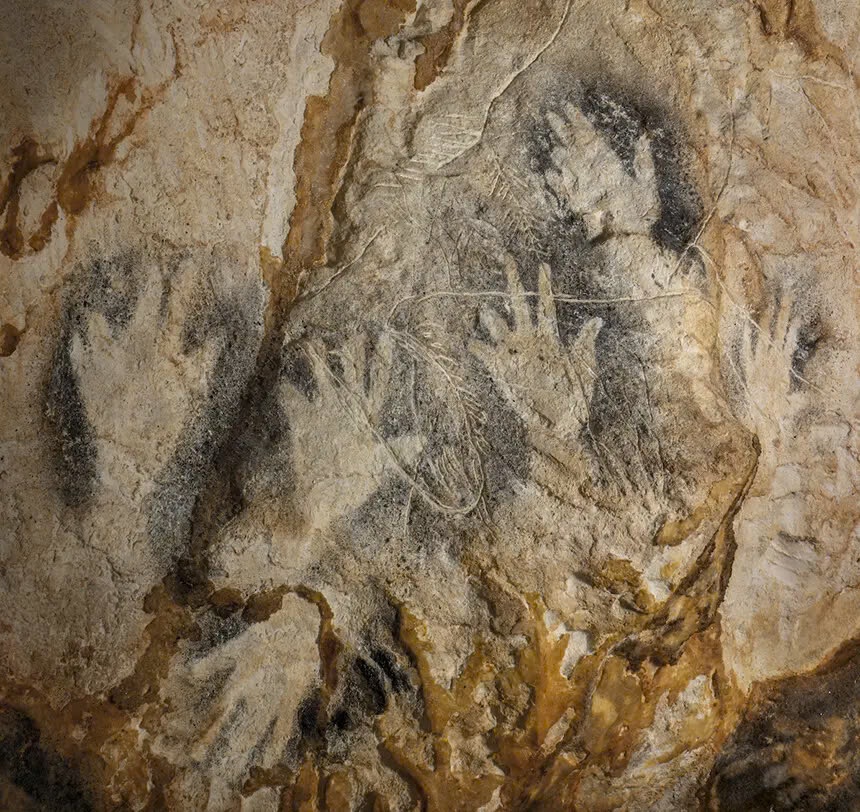
The Gravettian Puzzle
The Gravettian people, hunter-gatherers who flourished in Europe over 30,000 years ago, left behind more than 200 hand images in various caves. Some lack entire fingers, while others show partial amputations, sparking years of debate among archaeologists.
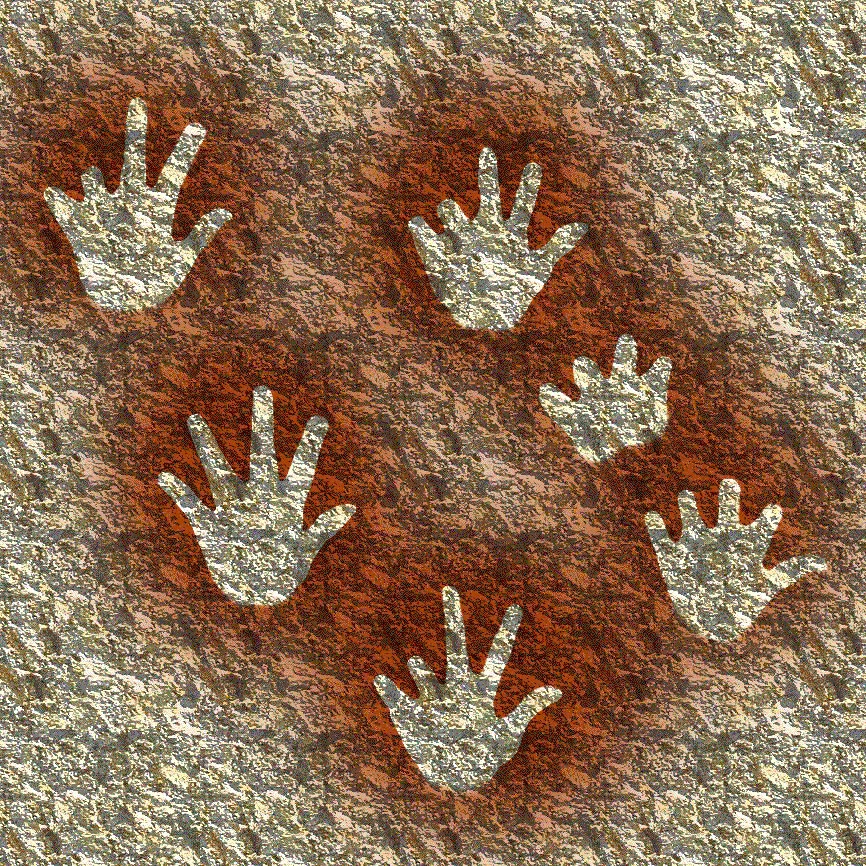
A Controversial New Theory
Professor Mark Collard and PhD candidate Brea McCauley from Simon Fraser University propose a striking hypothesis: these missing fingertips result from intentional amputation, potentially for religious, social, or symbolic reasons.
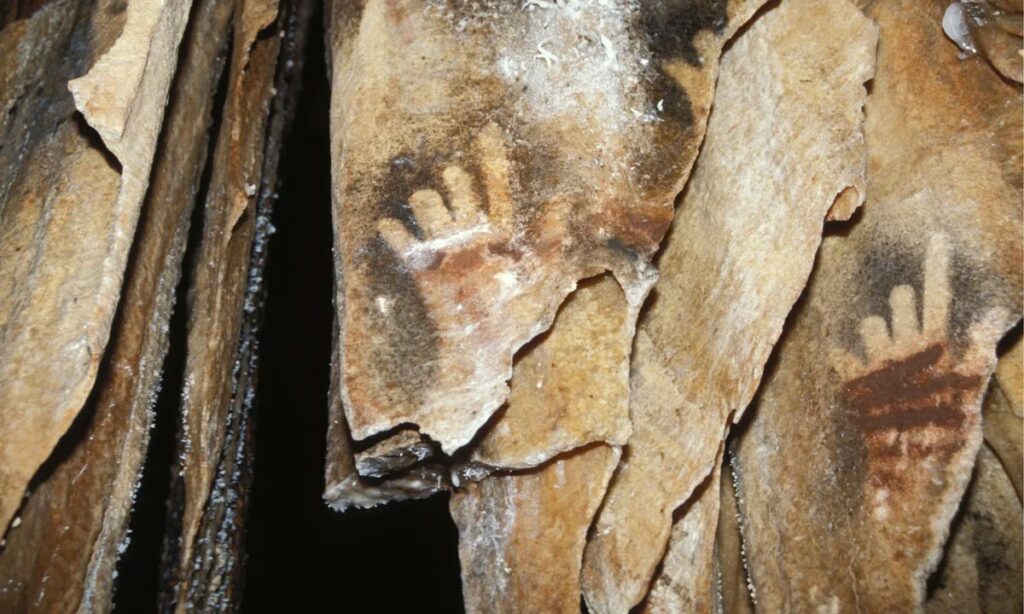
Evidence from Across the Globe
To support their theory, the researchers examined historical texts, travel journals, and ethnographic studies. They identified finger amputation rituals in over 100 cultures worldwide, often linked to mourning, sacrifice, or initiation rites.
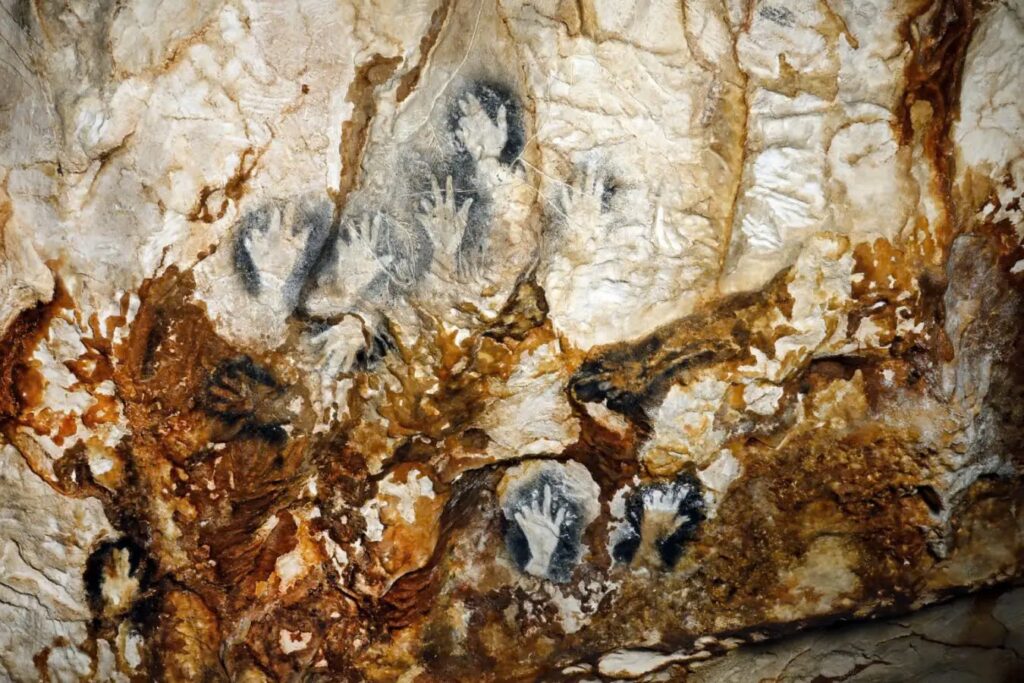
Cave Art and Rituals: Key Findings
Several iconic caves reinforce this hypothesis:
- Grotte de Gargas (France): 114 of 231 hand stencils show missing digits.
- Cosquer Cave (France): 28 of 49 hands have missing fingers.
- Maltravieso (Spain): 61 of 71 hand images lack digits.
At Grotte de Gargas, archaeologist C. Barrière even discovered ancient hand impressions in hardened mud, mirroring the missing fingers seen in the stencils.
Sacred Sacrifice or Social Bonding?
Collard and McCauley propose two main explanations for this phenomenon:
- Religious sacrifice, possibly to seek divine favor or protection.
- Ritualistic social bonding, reinforcing group unity and loyalty.
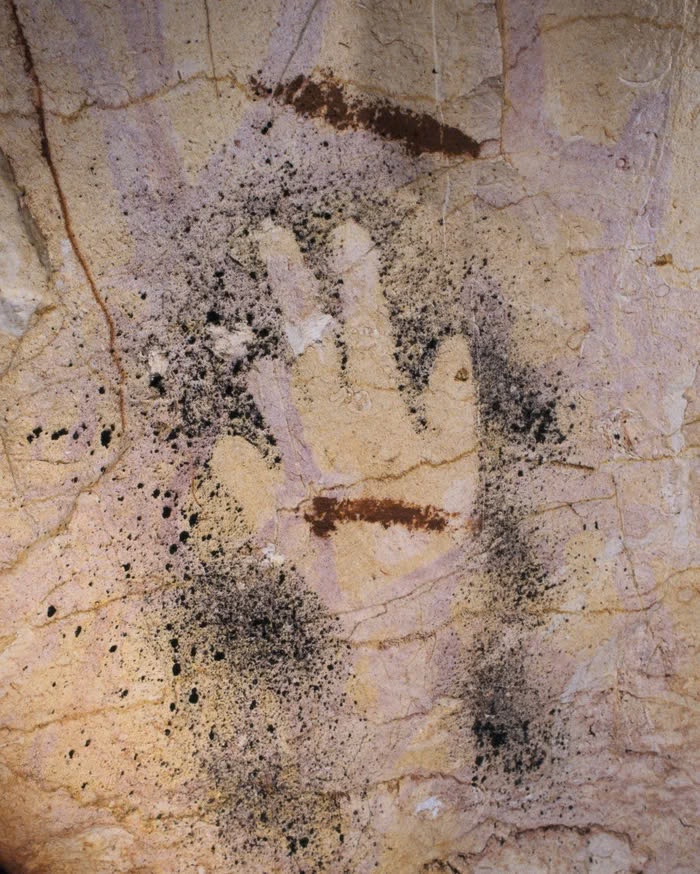
A Glimpse into Paleolithic Spirituality
“The idea that these hand images reflect sacrifice aligns with long-standing interpretations of cave art,” says Collard. The isolated, difficult-to-reach locations of these artworks further suggest their spiritual and ceremonial significance.
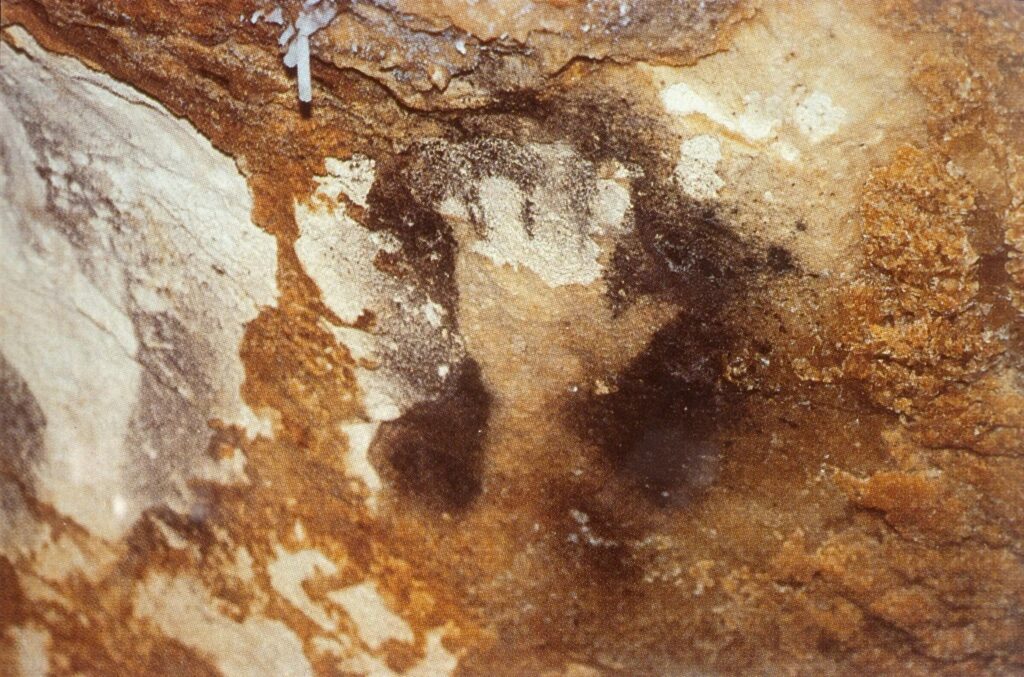
As we continue to unlock the secrets of our ancient ancestors, these enigmatic hand stencils offer a powerful reminder of the complex rituals, beliefs, and sacrifices that shaped early human societies.

